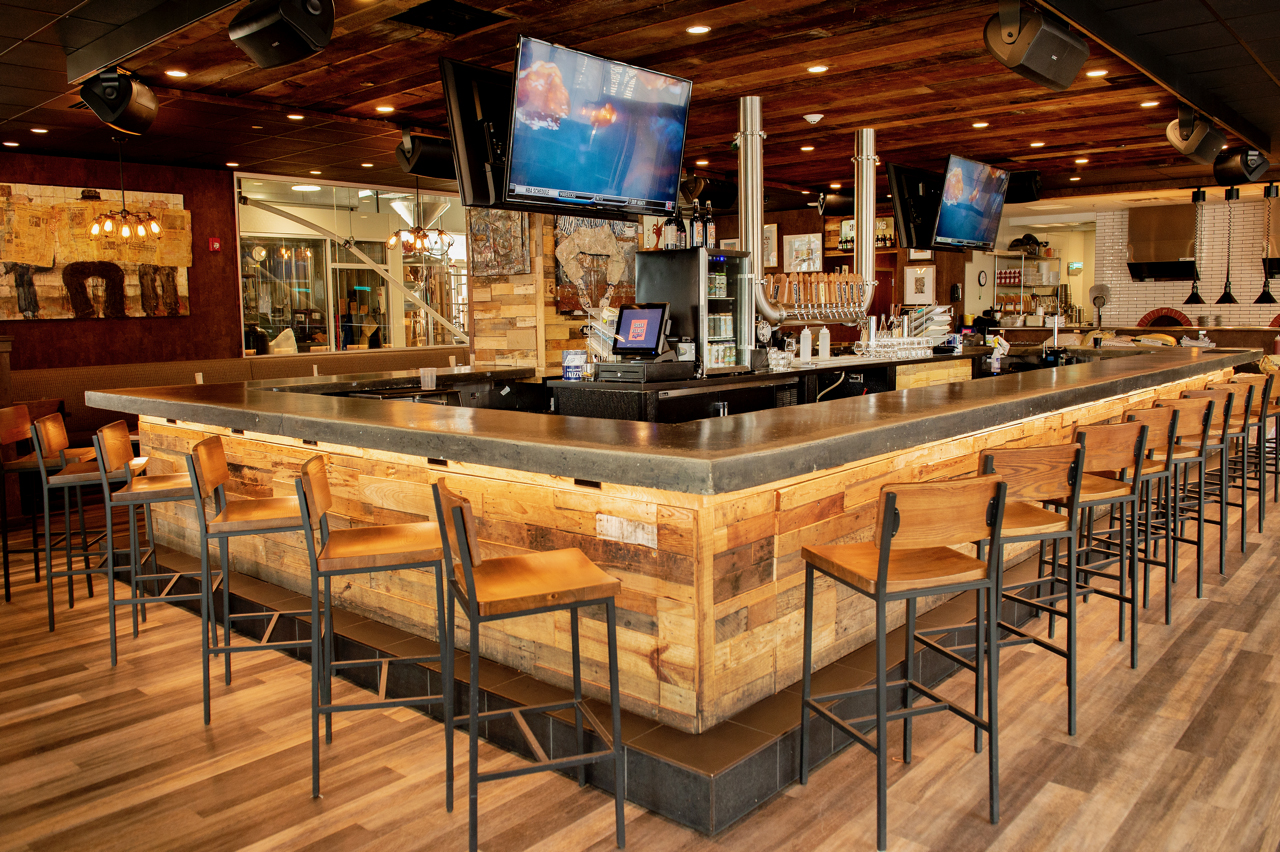
It’s still a learning process for Dave Goldman. The co-founder of Philadelphia’s Urban Village Brewing realized a need for cans in the marketplace soon after opening in June of 2017 to be a beacon and advertisement for the Northern Liberties brewpub.
Mastering how much should go out the door and how many styles are canned has been the challenge.
The thought of canning and distribution wasn’t on the radar for Goldman or partner Tom Revelli.
The concept was to bring a brewpub atmosphere with lots of outdoor space.
“It probably would have worked out fine if we had opened when we dreamt this up in 2013 or 2015,” Goldman said. “I want the experience to be here. I wanted you to come here and really enjoy this atmosphere, sit outside — really enjoy that — have 12 different beers on tap with amazing food menu with this really flavorful pizza. That’s the model. That’s the show for us.“
He quickly realized was that if the brewery’s beer was not out in the market with distribution, the brewery was missing the opportunity for people to become aware of the brand
“You’re not gaining credibility,” Goldman said. “If you’re not distributing at all, you’re going to be perceived strictly as a restaurant.“
It started with kegs through the city three months after opening, but he realized that the brand on a can is is the number one marketing tool for distribution.
“To not be canning was a problem,” Goldman said. “It was something we needed to do if we wanted to be relevant and get our brand in front of people.“
Urban Village started canning in February 2018 and found that it was a huge hit. In fact — it was too big of a hit.
“I would say from April 2018 to August 2018, I was constantly out of beer,” Goldman said about the draft lines at the brewpub. “I couldn’t get caught up.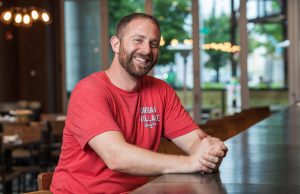
“There were times you’d come in here and we would have four lines, and I had to start bringing in beer from other breweries to fill the taps. It was like half guest tap handles, half us.“
Realizing what was going on, Goldman stopped scheduling canning runs after June 1, 2018 and spent the summer getting caught up. He resumed canning about two months later.
“Now I have a better handle on how to manage that, and how frequently we can can and maintain all our lines here, which is the most important,” he said. “[Consumers] can be excited about our brand and come check it out. If you’ve a bad experience, it was all for naught.“
So Urban Village learned to space out the canning runs and to do multiple brands each run instead of just one style of beer per run.
“You also need to have it in kegs to go out the door and have it on draft at the taproom,” Goldman said along with the cans. “The outcome was, I was making the same beer for nothing but two weeks. That was two weeks of one style, a lot of which is going out the door. People run through your other products and you’ve got nothing to back them up.”
So the brewpub — which made about 1,100 barrels in 2018 — started to space runs out every six weeks and package three products — a lot of two products and a little bit of a third.
“That way you still have more beer going around and we also determined that we had to scale back the draft,” Goldman said. “So those few tweaks, we’ve basically been fine here keeping up. Since August we’ve been fine.”
(From the Last Pint of Brewer Magazine’s May/June 2019 Issue/ Top Photo by Marshall Clarke)



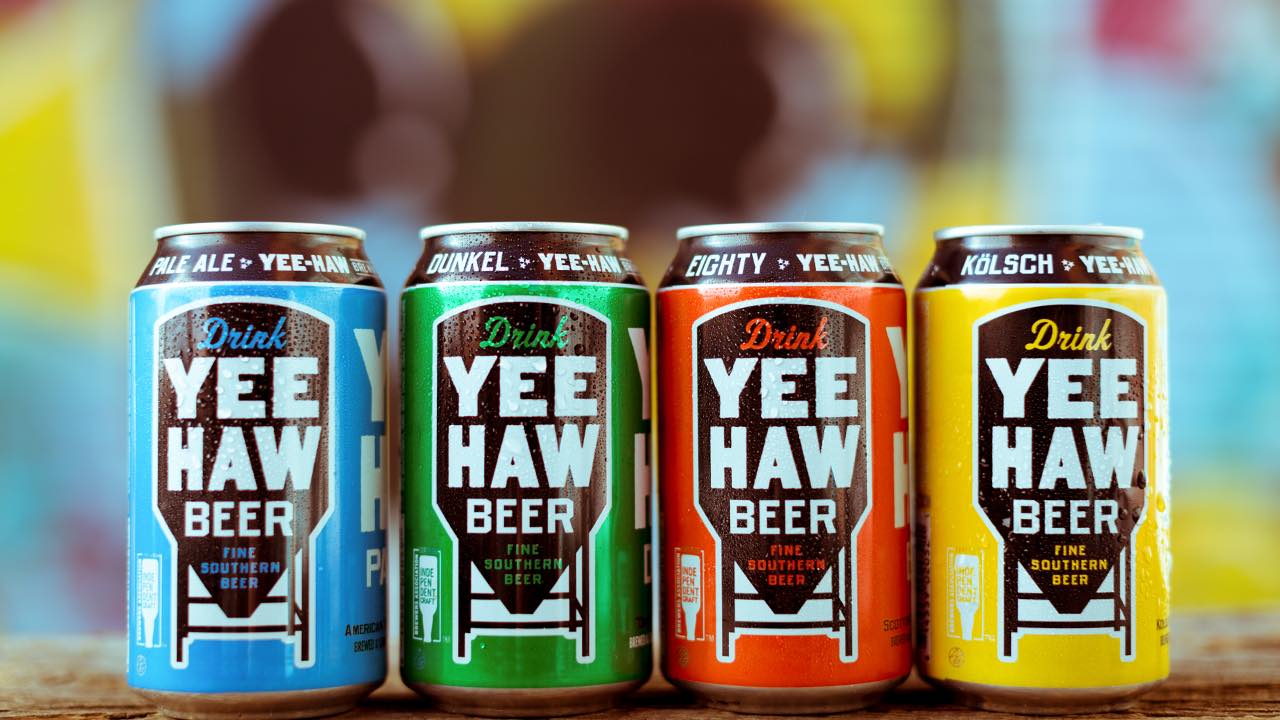
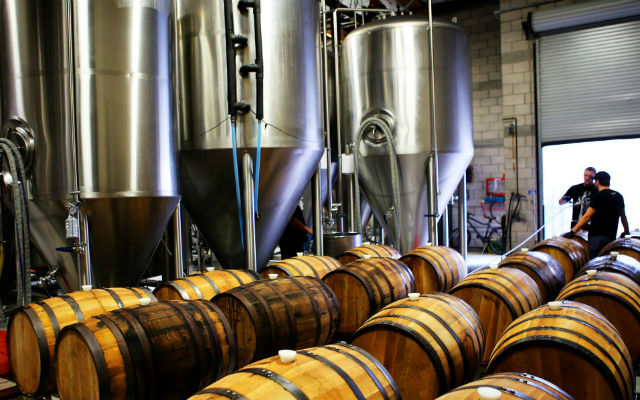
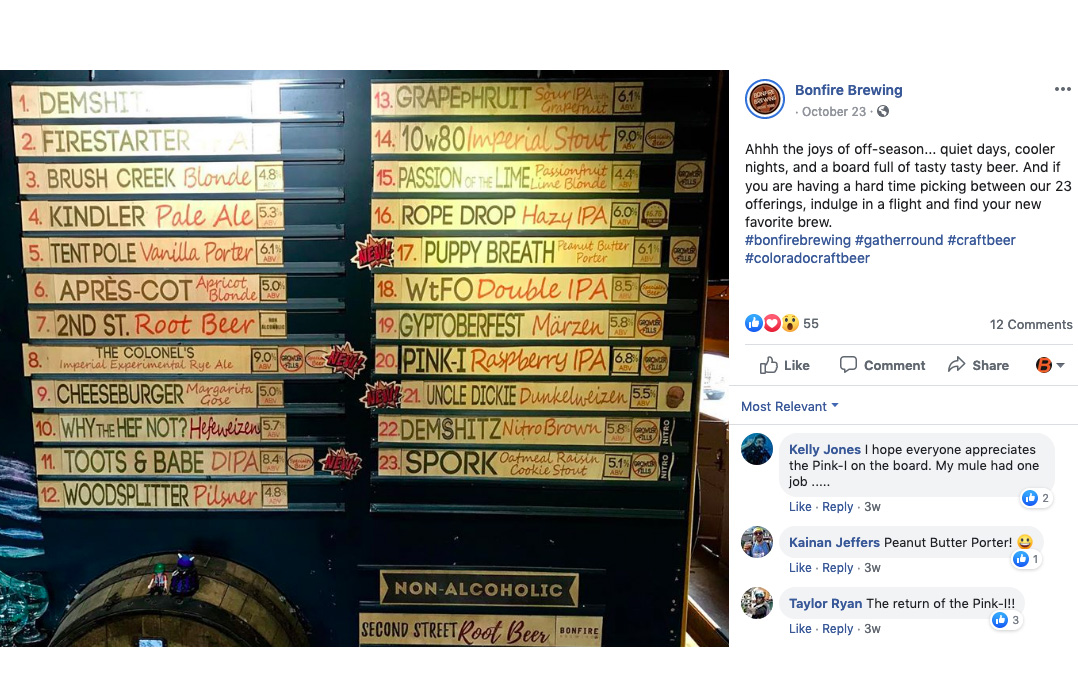
1 Trackback / Pingback